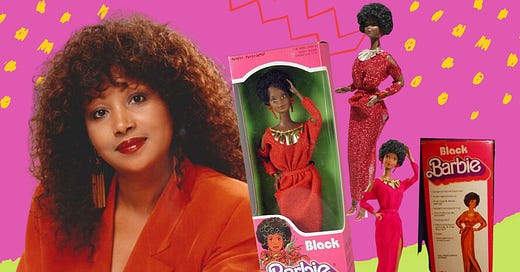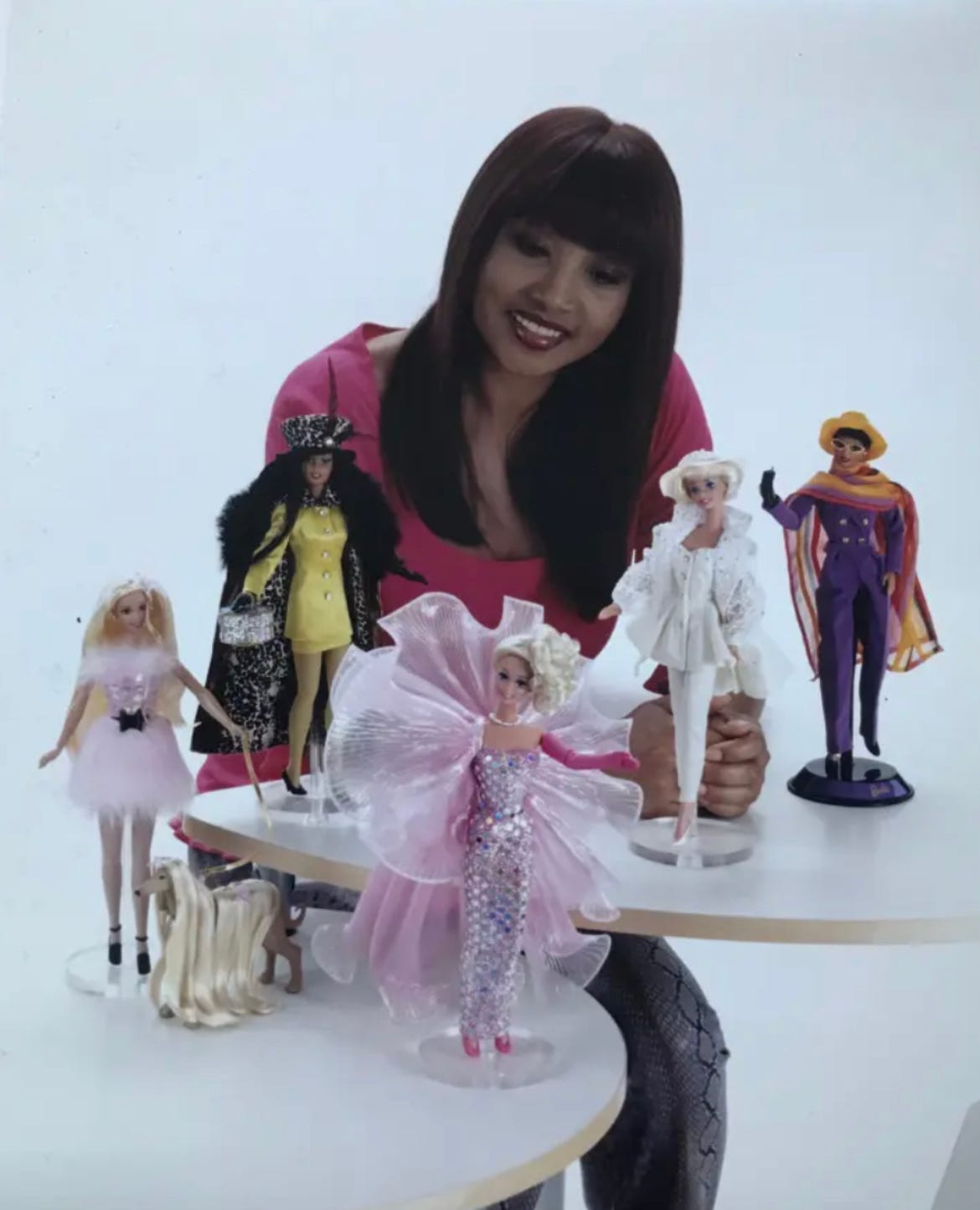Growing up, one of my favorite toys was Barbie. I wanted everything Barbie- the doll, the fashions for the doll, the house, the Jeep, and even the video game for my Sega Genesis. Yes, I was a Barbie girl in a Barbie world. I wasn’t biased about the color of the doll I played with, but if a black version was available, I wanted that one. Until recently, I was unaware of those who made Black Barbie and all of her fashion sense a possibility.
Let’s start with Beulah Mae Mitchell who, in 1955, got a job as a toy tester at the Mattel factory where she witnessed the 1959 birth of the Barbie doll. A few years later, around 1960, she told Ruth Handler, the company’s president and co-founder, “We want a Black Barbie” which received a “we’ll see” response from Handler. In 1968 Christie, who was a [black doll] friend of Barbie, was introduced. It wouldn’t be until 1980 that we’d see Black Barbie, but Mitchell’s suggestion had a huge impact on not only the toy industry but the young minds that would be shaped by having access to black dolls. She also laid the groundwork for Kitty Black Perkins.
Kitty Black Perkins was a designer hired by Mattel in 1976, making her their first black designer and the designer who would ultimately help create the first Black Barbie. In her interview, she was asked to take home a doll, dress it, and bring flat patterns and sewn garments. She returned with not one, but six designs. That was the start of her 28-year career at Mattel. In 1980, Black Barbie was born and Kitty was behind the design. “I wanted her [Black Barbie] to be the complete opposite of Barbie and the complete opposite of Christie. In that, I gave her bold colors, bold jewelry, short hair, and a wrap skirt that could actually show skin” Kitty Black Perkins reflects. “When I designed this doll, there was a need for the little black girl to really have something she could play with that looked like her.”
Perkins drew inspiration from her favorite singer, Diana Ross, and worked with Black hair designer, Mellie Phillips, to create a short natural hairstyle. Black Barbie was designed to reflect what black culture was.
In 1996, Perkins hired Stacey McBride-Irby, another black designer who would eventually carry the torch when Perkins retired in 2003.
If you or someone you know has ever owned or played with a Black Barbie, we have a lot of Black Girl Magic to thank for that. I recommend checking out the Black Barbie Documentary, released on Netflix on June 19, 2024. This documentary was not only informative, but it was also nostalgic for anyone who has played with and/or collected Barbie dolls.







